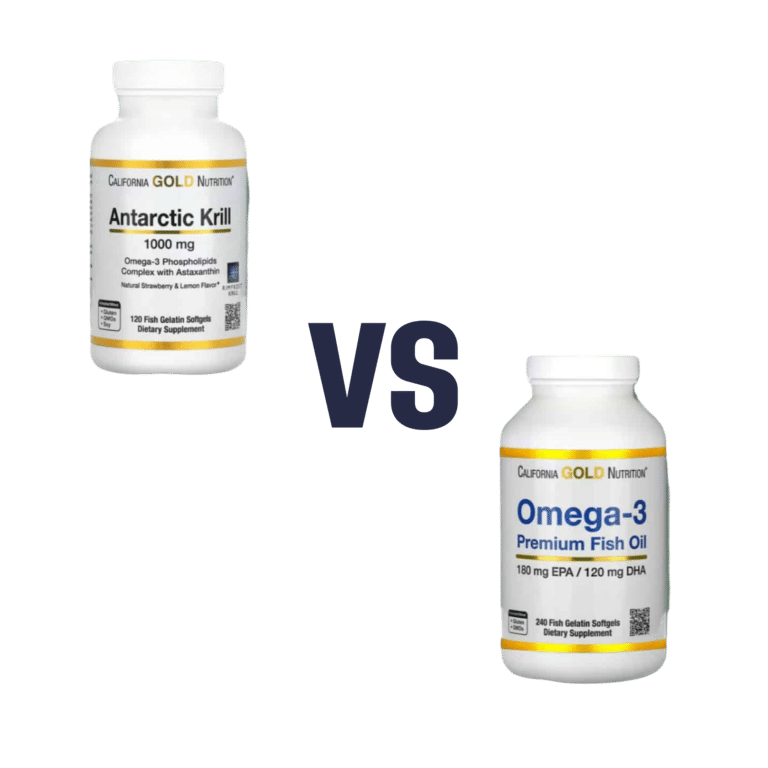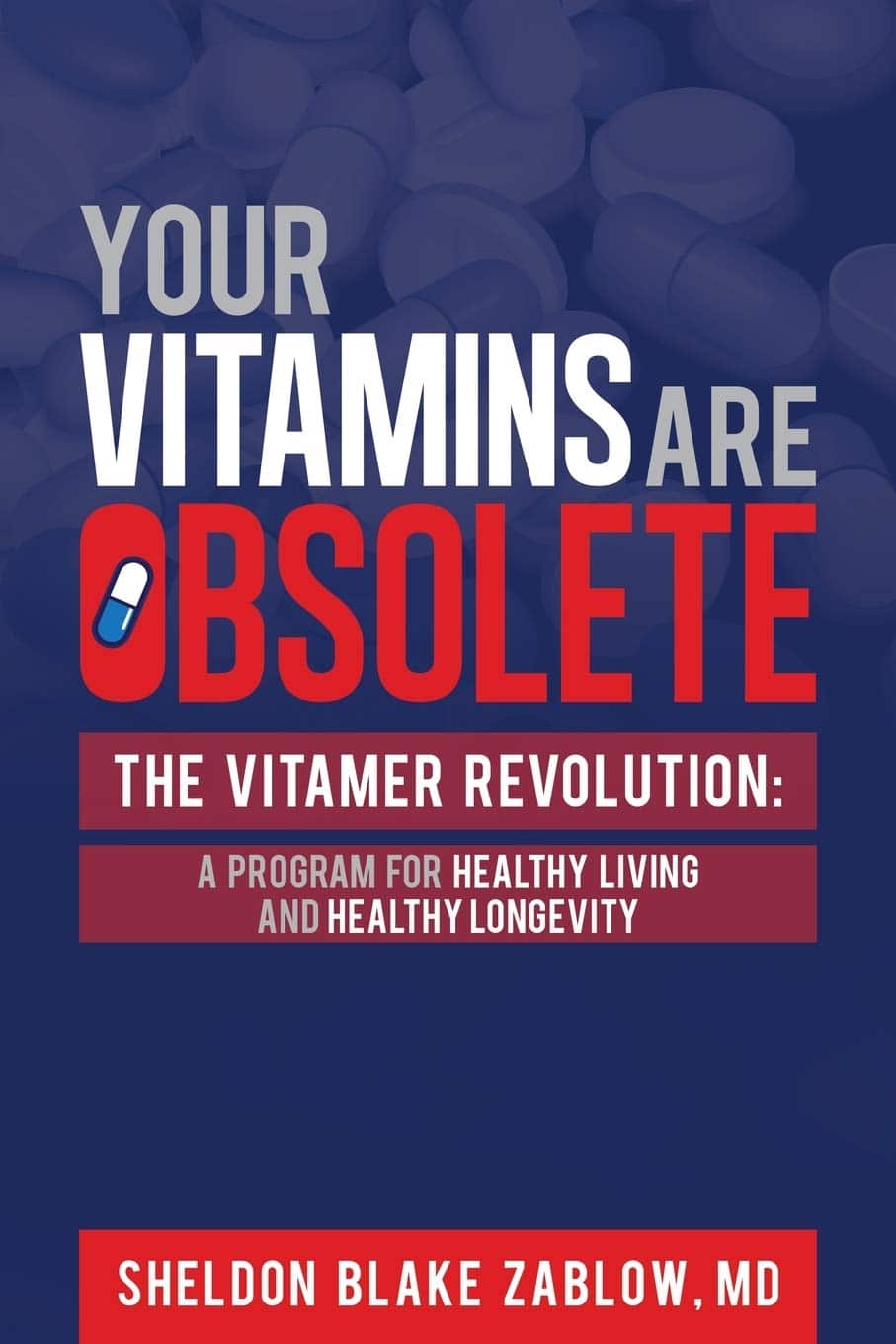
Apples vs Oranges – Which is Healthier?
10almonds is reader-supported. We may, at no cost to you, receive a portion of sales if you purchase a product through a link in this article.
Our Verdict
When comparing apples to oranges, we picked the oranges.
Why?
In terms of macros, the two fruits are approximately equal (and indeed, on average, precisely equal in the most important metric, which is fiber). So, a tie here.
In the category of vitamins, apples are higher in vitamin K, while oranges are higher in vitamins A, B1, B2, B3, B5, B6, B7, B9, C, and choline. An easy win for oranges this time.
When it comes to minerals, apples have more iron and manganese, while oranges have more calcium, copper, magnesium, phosphorus, potassium, selenium, and zinc. Another easy win for oranges.
So, adding up the sections, a clear win for oranges. But, by all means, enjoy either or both! Diversity is good.
Want to learn more?
You might like to read:
From Apples to Bees, and High-Fructose Cs: Which Sugars Are Healthier, And Which Are Just The Same?
Take care!
Don’t Forget…
Did you arrive here from our newsletter? Don’t forget to return to the email to continue learning!
Recommended
Learn to Age Gracefully
Join the 98k+ American women taking control of their health & aging with our 100% free (and fun!) daily emails:
-
Sweet Cinnamon vs Regular Cinnamon – Which is Healthier?
10almonds is reader-supported. We may, at no cost to you, receive a portion of sales if you purchase a product through a link in this article.
Our Verdict
When comparing sweet cinnamon to regular cinnamon, we picked the sweet.
Why?
In this case, it’s not close. One of them is health-giving and the other is poisonous (but still widely sold in supermarkets, especially in the US and Canada, because it is cheaper).
It’s worth noting that “regular cinnamon” is a bit of a misnomer, since sweet cinnamon is also called “true cinnamon”. The other cinnamon’s name is formally “cassia cinnamon”, but marketers don’t tend to call it that, preferring to calling it simply “cinnamon” and hope consumers won’t ask questions about what kind, because it’s cheaper.
Note: this too is especially true in the US and Canada, where for whatever reason sweet cinnamon seems to be more difficult to obtain than in the rest of the world.
In short, both cinnamons contain cinnamaldehyde and coumarin, but:
- Sweet/True cinnamon contains only trace amounts of coumarin
- Regular/Cassia cinnamon contains about 250x more coumarin
Coumarin is heptatotoxic, meaning it poisons the liver, and the recommended safe amount is 0.1mg/kg, so it’s easy to go over that with just a couple of teaspoons of cassia cinnamon.
You might be wondering: how can they get away with selling something that poisons the liver? In which case, see also: the alcohol aisle. Selling toxic things is very common; it just gets normalized a lot.
Cinnamaldehyde is responsible for cinnamon’s healthier properties, and is found in reasonable amounts in both cinnamons. There is about 50% more of it in the regular/cassia than in the sweet/true, but that doesn’t come close to offsetting the potential harm of its higher coumarin content.
Want to learn more?
You may like to read:
- A Tale Of Two Cinnamons ← this one has more of the science of coumarin toxicity, as well as discussing (and evidencing) cinnamaldehyde’s many healthful properties against inflammation, cancer, heart disease, neurodegeneration, etc
Enjoy!
Share This Post
-
Creatine, Genomic Screening, & More
10almonds is reader-supported. We may, at no cost to you, receive a portion of sales if you purchase a product through a link in this article.
In this week’s health news…
Creatine: no difference vs control at 5g/day
A study found, as the title suggests, no difference between creatine and placebo, at the usual dose of 5g/day, while doing a supervised resistance training program.
This was a 12-week trial, and in the first week, the creatine group put on an average of 0.5kg more lean (i.e. not fat) body mass than the control group, however, as this quickly equalized after the first week, it is assumed that the brief extra weight gain was water weight (creatine promotes water retention, especially in the initial phase).
However, it is still possible that it may promote weight gain at higher doses.
This study was done with adult participants under the age of 50; we’ve noted before that it is generally young people who use creatine for bodybuilding, so in principle, this should have been ideal for that, but it wasn’t.
Read in full: Sports supplement creatine makes no difference to muscle gains, trial finds
Related: Creatine’s Brain Benefits Increase With Age ← this, on the other hand, does work—but only for older adults.
Genomics & disease risk: what to know
In a recent study evaluation, 175,500 participants were screened, and 1 in 30 received medically important genetic results. More than 90% of those found to have a genetic risk were previously unaware of it.
This is important, because most current genetic risk assessment for patients is based on personal and family history, which often misses a lot of data due to barriers to care or lack of family history.
Genomic screening helps close these gaps:
Read in full: Genomic screening is important in identifying disease risk, study finds
Related: Do You Have A Personalized Health Plan? (Here’s How)
FDA-Approved Antivirals (Not Vaccines) Ineffective Against H5N1
The H5N1 avian influenza outbreak is now rife amongst dairy farms, with the virus found in cows’ milk and infecting farmworkers. Researchers studied potential treatments, revealing two FDA-approved antivirals (baloxavir and oseltamivir) were generally ineffective in treating severe H5N1 infections.
Oral infections per raw milk consumption, were the most severe and hardest to treat, and the virus spread quickly to the blood and brain (when the infection is respiratory, it is much slower to spread from the respiratory tract).
It wasn’t a complete loss, though:
- Eye infections were better controlled with baloxavir, achieving a 100% survival rate compared to 25% with oseltamivir.
- For nasal infections, baloxavir reduced viral levels better but still allowed the virus to reach the brain. Survival rates were 75% for baloxavir and 50% for oseltamivir.
The researchers in question are urging preventative measures as being of critical importance, given the difficulty of treatment:
Read in full: Current antivirals likely less effective against severe infection caused by bird flu virus in cows’ milk
Related: Bird Flu: Children At High Risk; Older Adults Not So Much
Take care!
Share This Post
-
Your Vitamins are Obsolete: The Vitamer Revolution – by Dr. Sheldon Zablow
10almonds is reader-supported. We may, at no cost to you, receive a portion of sales if you purchase a product through a link in this article.
First, what this is not:a book to tell you “throw out your vitamins and just eat these foods”.
This book focuses mainly on two vitamins in which deficiencies are common especially as we get older: B9 and B12.
So, what does the title mean? It’s not so much that your vitamins are obsolete—that would imply that they were more useful previously, which is not the case. Rather, the most common forms of vitamins B9 and B12 provided in supplements are folic acid and cyanocobalamin, respectively, which as he demonstrates with extensive research to back up his claims, cannot be easily absorbed or used especially well.
About those vitamers: a vitamer is simply a form of a vitamin—most vitamins we need can arrive in a variety of forms. In the case of vitamins B9 and B12, he advocates for ditching vitamers folic acid and cyanocobalamin, cheap as they are, and springing for bioactive vitamers L-methylfolate, methylcobalamin, and adenosylcobalamin.
He also discusses (again, just as well-evidenced as the above things) why we might struggle to get enough from our diet after a certain age. For example, if trying to get these vitamins from meat, 50% of people over 50 cannot manufacture enough stomach acid to break down that protein to release the vitamins.
And as for methyl-B12 vitamers, you might expect you can get those from meat, and technically you can, but they don’t occur in all animals, just in one kind of animal. Specifically, the kind that has the largest brain-to-body ratio. However, eating the meat of this animal can result in protein folding errors in general and Creutzfeldt–Jakob disease in particular, so the author does not recommend eating humans, however nutritionally convenient that would be.
All this means that supplementation after a certain age really can be a sensible way to do it—but do it wisely, and pick the right vitamers.
The style of the book is informationally dense, but very readable even for a layperson provided one starts at the beginning and reads forwards, as otherwise one will find oneself in a mire of terms whose explanations one missed when they were first introduced.
Bottom line: if you are over 50 and/or have any known or suspected issues with vitamins B9 and/or B12, this book becomes very important reading.
Click here to check out Your Vitamins Are Obsolete, and get your body what it needs!
Share This Post
Related Posts
-
Reduce Your Skin Tag Risk
10almonds is reader-supported. We may, at no cost to you, receive a portion of sales if you purchase a product through a link in this article.
It’s Q&A Day at 10almonds!
Have a question or a request? We love to hear from you!
In cases where we’ve already covered something, we might link to what we wrote before, but will always be happy to revisit any of our topics again in the future too—there’s always more to say!
As ever: if the question/request can be answered briefly, we’ll do it here in our Q&A Thursday edition. If not, we’ll make a main feature of it shortly afterwards!
So, no question/request too big or small
❝As I get older, I seem to be increasingly prone to skin tags, which appear, seemingly out of nowhere, on my face, chest and back. My dermatologist happily burns them off – but is there anything I can do to prevent them?!❞
Not a lot! But, potentially something.
The main risk factor for skin tags is genetic, and you can’t change that in any easy way.
The other main risk factors are connected to each other:
Skin folds, and chafing
Skin tags mostly appear where chafing happens. This can be, for example:
- Inside joint articulations (especially groin and armpits)
- Between fat rolls (if you have them)
So, if you have fat rolls, then losing weight will also reduce the risk of skin tags.
Additionally, obesity and some often-related problems such as diabetes, hypertension, and an atherogenic lipid profile also increase the risk of skin tags (amongst other more serious things):
See: Association of Skin Tag with Metabolic Syndrome and its Components
As for the chafing, this can be reduced in various ways, including:
- losing weight if (and only if) you are carrying excess weight
- dressing against chafing (consider your underwear choices, for example)
- keeping hair in the armpits and groin (it’s part of what it’s there for)
See also: Simply The Pits: These Underarm Myths!
Take care!
Don’t Forget…
Did you arrive here from our newsletter? Don’t forget to return to the email to continue learning!
Learn to Age Gracefully
Join the 98k+ American women taking control of their health & aging with our 100% free (and fun!) daily emails:
-
5 Surprising Benefits Of Exercise After 50 (More Than Just Fitness)
10almonds is reader-supported. We may, at no cost to you, receive a portion of sales if you purchase a product through a link in this article.
It’s easy to want to do less as we get older, but the benefits of continuing to actively exercise, pushing oneself even just a little, can be far-reaching.
Direct and indirect benefits
As well as the obvious fitness benefits, keeping up good levels of exercise can also offer:
Healthy Skin
Exercise improves circulation, bringing growth factors (thus: regeneration, because it’s replacing cells), oxygen, and nutrients to the skin. Accordingly, it can lead to healthier, more youthful-looking skin as a low-cost alternative to a lot of skincare products. That said, it also encourages good skin habits, like daily sunscreen use.
Bone Health
Weight-bearing and resistance exercises (which between them, encompasses most forms of exercise) improve bone density. This is because physical stress signals bones to strengthen, reducing the risk of fractures. This includes activities like walking, hiking, and using resistance bands or weights. Note however that it is on a “per bone” basis. So for example, hiking will improve your lower body and spine, but do nothing for your arms. On the other hand, doing a daily groceries trip on foot, if local geography makes that practicable, can do the whole body, if one is then carrying groceries home (this writer lives about 2 miles from where she buys groceries, and does this pretty much daily).
Mental Health
Exercise, especially outdoors, has well-established positive effects on mental well-being, and can relieve stress and improve mood. As a bonus, community engagement and shared experiences can enhance mental health benefits for many people—but if you prefer it as peaceful time for yourself, that’s beneficial in its own way too!
Better Sleep
Physical activity helps promote better sleep quality, which is important for so many aspects of health—because fatiguing the body through exercise can lead to a more restful night, which is often harder to achieve with age.
Visibility and Confidence
Staying active and taking on challenges (e.g. training for some event) can boost visibility in social and family settings, countering “invisibility” often felt from midlife onwards. And even if one doesn’t do those things, exercise fosters confidence and helps people carry themselves with more self-assurance, which has a lot of knock-on benefits too.
For more on all of these things, enjoy:
Click Here If The Embedded Video Doesn’t Load Automatically!
Want to learn more?
You might also like to read:
Are There Any Sensible Age Limits To Exercise?
Take care!
Don’t Forget…
Did you arrive here from our newsletter? Don’t forget to return to the email to continue learning!
Learn to Age Gracefully
Join the 98k+ American women taking control of their health & aging with our 100% free (and fun!) daily emails:
-
Oats vs Pearl Barley – Which is Healthier?
10almonds is reader-supported. We may, at no cost to you, receive a portion of sales if you purchase a product through a link in this article.
Our Verdict
When comparing oats to pearl barley, we picked the oats.
Why?
In terms of macronutrients first, pearl barley has about three times the carbs for only the same amount of protein and fiber—if it had been regular barley rather than pearl parley, it’d have about twice the fiber, but pearl barley has had the fibrous husk removed.
Vitamins really set the two part, though: oats have a lot more (60x more) vitamin A, and notably more of vitamins B1, B2, B3, B5, B6, and B9, as well as 6x more vitamin E. In contrast, pearl barley has a little more vitamin K and choline. An easy win for oats in this section.
In the category of minerals, oats have over 6x more calcium, 3x more iron, and a little more magnesium, manganese, and phosphorus. Meanwhile, pearl barley boats a little more copper, potassium, selenium, and zinc. So, a more moderate win for oats in this category.
They are both very good for the gut, unless you have a gluten intolerance/allergy, in which case, oats are the only answer here since pearl barley, as per barley in general, has gluten as its main protein (oats, meanwhile, do not contain gluten, unless by cross-contamination).
Adding up all the sections, this one’s a clear win for oats.
Want to learn more?
You might like to read:
- Eat More (Of This) For Lower Blood Pressure
- Making Friends With Your Gut (You Can Thank Us Later)
- Gluten: What’s The Truth?
Take care!
Don’t Forget…
Did you arrive here from our newsletter? Don’t forget to return to the email to continue learning!
Learn to Age Gracefully
Join the 98k+ American women taking control of their health & aging with our 100% free (and fun!) daily emails:







